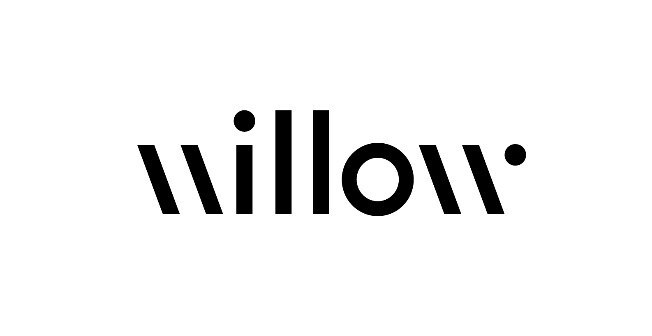What if you could wield a laser sword against microscopic invaders, not in a galaxy far, far away, but in your own body? “We have developed a highly innovative and clinically translatable infectious treatment technique,” Maryam Hajfathalian, who holds a doctorate in mechanical engineering and is the study’s lead author, told The Epoch Times. It’s a “rapid, drug-free method for wound and skin infection imaging and treatments.” This is a new way to clean teeth and wounds using tiny gold particles and light, she added.
“This is the first time that we have used engineered gold nanoparticles to eradicate oral biofilms using photothermal therapy.” According to Ms. Hajfathalian, these particles work quickly, killing harmful bacteria in under a minute without broad-spectrum antibiotics.

Because they work so well, scientists may be able to make new products like special mouthwash, sticky strips, or bandages that use light to clean wounds. The research received support from several National Institutes of Health (NIH) branches, including the National Institute of Biomedical Imaging and Bioengineering (NIBIB). “With this platform, you can bust biofilms without surgically debriding infections, which can be necessary when using antibiotics,” Luisa Russell, who has a doctorate in materials science and engineering and is the program director in the Division of Discovery Science & Technology at NIBIB, said in a press release.
The method could be beneficial for people who cannot take standard medications. It works even for those who are allergic to antibiotics or have infections that don’t respond to typical treatments. “The fact that this method is antibiotic-free is a huge strength,” Ms.
Russell said. Photothermal therapy was nearly 100 percent effective at killing biofilms. “The treatment method is especially fast for the oral infection,” Ms.
Hajfathalian said. “We applied the laser for one minute, but really, in about 30 seconds, we’re killing basically all of the bacteria.” Biofilms Biofilm infections account for up to 80 percent of all infections in humans and animals, often delaying wound healing.
They can cause various issues, from gum disease to urinary tract infections, and may even attach to medical devices, including pacemakers and contact lenses. According to the Microbiology Society, bacteria in biofilms can be 1,000 times more resistant to antibiotics than free-floating bacteria, making them a major cause of treatment failure. Noble Metal Nanoparticles Noble metal nanoparticles are microscopic particles made from noble metals—metals resistant to corrosion and oxidation in moist air.
The most common noble metals are gold, silver, and platinum. Potential applications include drug delivery and thermal ablation, which uses heat to remove unwanted body tissue. “As scientists, our goal is to explore innovative approaches to combat infectious diseases,” Ms.
Hajfathalian said. “We are excited about the prospects and look forward to advancing our research through animal studies and clinical trials.” In addition to her work on nanoparticles for photothermal therapy, she and her colleagues are investigating alternative treatments to reduce antibiotic reliance, including phage therapy.
This treatment uses bacteriophages, viruses that selectively target and kill specific bacteria. While effective for surface infections, there are safety concerns about gold particles entering the body. “What happens to that gold once it’s inside? Are there any potential toxicities associated with accumulation inside the body?” he told The Epoch Times.
Photothermal therapy isn’t new and has been applied to accessible tumors, he noted, emphasizing the need for further study on the safety and broad-spectrum effectiveness of metal nanoparticles against various organisms. “There is an urgent need to create better antibiotics as well as these non-antibiotic agents that we have a potential to use for infection,” Mr. Amiji said, adding that he doesn’t foresee nanoparticles necessarily replacing antibiotics but that they could allow scientists to “cast a wider net” in the search for non-antibiotic agents to cure disease.
.


















